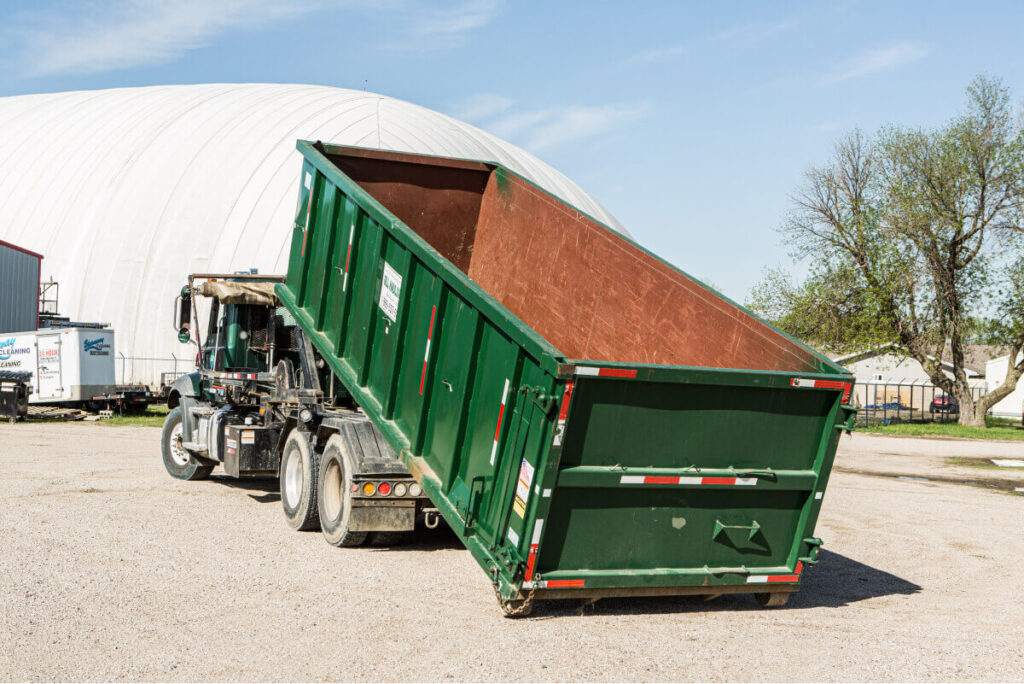A septic tank system depends on a natural biological process to function properly. At the heart of this system are bacteria tiny but powerful organisms that help break down waste. When these bacteria are active and balanced, they keep your septic tank running smoothly. Without them, waste can build up, leading to unpleasant odors, costly repairs, or even system failure. That is why supporting natural bacterial activity is one of the most important steps you can take for long-term septic tank health.
Why Bacteria Matter
Septic tanks work by separating solid waste from liquids. The solids settle at the bottom, forming sludge. Liquids float up and drain out through the system. The natural bacteria inside your tank are responsible for breaking down solid waste and organic matter.
Key reasons bacteria are essential:
- Break down human waste, soap, food scraps, and other organic material.
- Prevent buildup of sludge that could clog your system.
- Help maintain balance and reduce the risk of system failure.
- Naturally control odors by digesting waste efficiently.
How To Support Natural Bacterial Activity
Bacteria inside your septic tank are living organisms, and they need the right conditions to survive and work well. You do not need to add chemicals or special treatments. Simply following a few habits can help keep these bacteria healthy and active.

Simple habits that support good bacterial activity:
- Limit use of antibacterial cleaners: Harsh chemicals can kill good bacteria.
- Avoid pouring grease, oil, or fats down the drain.
- Do not flush wipes, sanitary items, or other non-degradable materials.
- Use septic-safe toilet paper and biodegradable products.
- Schedule regular pumping every 3 to 5 years to avoid overload.
Signs of Trouble
If bacteria are not working efficiently, you may notice early warning signs. These include slow drains, gurgling sounds from toilets, foul smells, or even soggy ground near your drain field. These signs often point to a bacterial imbalance or solid waste buildup.
Watch for these warning signs:
- Foul smells from sinks, drains, or the yard.
- Slow drainage or backups in household plumbing.
- Standing water around the drain field area.
- Toilet flushing slower than usual.
Natural Solutions Work Best
Nature already provides the best solution: the bacteria that live in your tank. Supporting them through mindful habits and responsible system use is the most effective way to maintain septic health with baktérie do žumpy. You do not need to rely on chemicals or artificial additives. Just protect the environment they need to thrive.
Benefits of healthy bacterial activity:
- Fewer plumbing issues and lower repair costs.
- Longer septic tank life and fewer pump-outs.
- Cleaner drain field with less risk of contamination.
- A more eco-friendly household wastewater system.
A healthy septic system does not happen by accident it starts with active, natural bacteria working efficiently every day. Treat your system with care by giving these bacteria the right conditions to thrive. With minimal effort and a few smart choices, your septic tank can stay in top shape for years to come.




